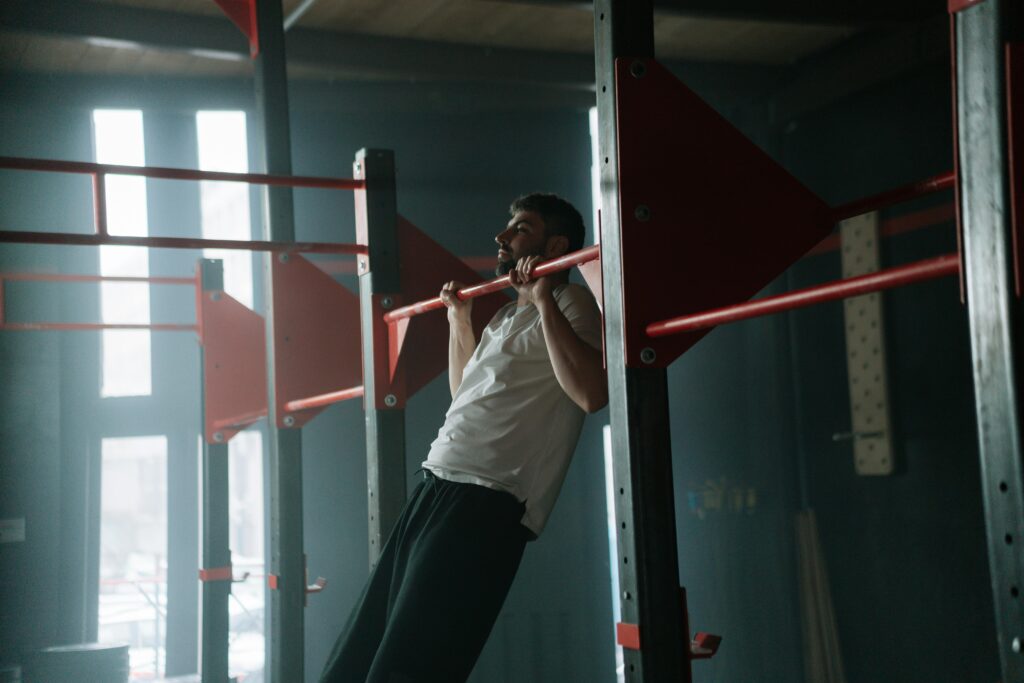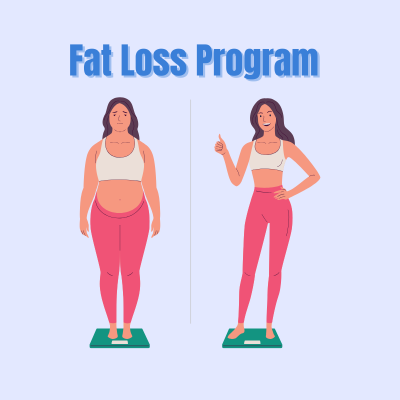How To Do Pull-ups: From Beginner To Advance – getfitbysoul
Pull-ups are among the best bodyweight exercises for developing upper body strength, posture, and overall fitness. However, it is challenging for most beginners to begin with, and they do not know how to do pull-ups. Fortunately, with proper technique, progression, and consistency, anyone can master this exercise from the beginning to advanced levels. In this guide, we’ll divide step-by-step tutorials of how to perform pull-ups exercise, including proper technique, mistakes to avoid, and progressive modifications to enable you to release your pull-up potential. If you’re looking to develop strength, define your back, or test your endurance, this blog will take you through the process from your very first pull-up to more developed techniques. How To Do Pull-ups: From Beginner To Advanced Benefits of Doing Pull-Ups Pull-ups are more than just an upper-body workout—they’re a full-body experience that delivers strength, stability, and confidence. When you learn how to do pull-ups with proper form, you unlock a cascade of physical and mental benefits. Building lean muscle increases your resting metabolic rate (RMR), meaning you burn more calories and lose fat even at rest. Why Pull-ups Are a Functional Strength Game-Changer Pull-ups engage multiple muscle groups simultaneously, making them one of the most efficient exercises for building functional strength. The primary movers—latissimus dorsi, trapezius, rhomboids, and biceps—work in harmony with stabilizers like the core and forearms. This compound movement mimics real-life actions like climbing, lifting, and pulling, which means the strength you build translates directly into everyday tasks and athletic performance. Beyond muscle activation, pull-ups improve posture by strengthening the upper back and counteracting the effects of prolonged sitting. They also enhance grip strength, which is crucial for lifting, carrying, and injury prevention. Mentally, pull-ups foster resilience. Each rep is a test of willpower, and progressing from zero to multiple reps builds confidence and discipline. If you’re serious about how to perform pullups that deliver lasting results, consistency and proper technique are your best allies. How to Grip the Bar While Doing Pull-ups Your grip is the foundation of every pull-up. It influences muscle activation, stability, and endurance. Learning how to do pull-ups starts with mastering your grip technique. Choosing the Right Grip for Your Goals There are three primary grip styles: overhand (pronated), underhand (supinated), and neutral. The overhand grip targets the upper back and shoulders, making it ideal for building lat width. The underhand grip emphasizes the biceps and lower lats, often making it easier for beginners. The neutral grip, with palms facing each other, is gentler on the shoulders and wrists and offers a balanced activation of back and arm muscles. Hand placement matters too. A shoulder-width grip is standard, but wider grips target the outer lats while narrower grips emphasize the inner back and biceps. Wrap your thumbs around the bar for control and safety—this “closed grip” reduces the risk of slipping and improves muscle engagement. Avoid the “false grip” unless you’re doing advanced calisthenics. If you’re working on how to perform pullups with maximum efficiency, don’t neglect grip strength. Incorporate dead hangs, wrist curls, and farmer’s carries into your routine. Use chalk or straps if needed, but aim to build raw grip power over time. A strong grip not only improves pull-up performance but also enhances your ability to lift, carry, and climb in other areas of life. Correct Hanging Technique While Performing Pull-ups Before initiating the upward movement, your hanging posture sets the tone for the entire exercise. If you’re serious about learning how to do pull-ups with proper form, mastering the hang is essential. Dead Hang vs. Active Hang: Which One Builds Better Form? A dead hang involves hanging from the bar with relaxed shoulders and arms. It’s excellent for improving grip strength, decompressing the spine, and increasing shoulder mobility. However, it’s not ideal for initiating a pull-up, as it places your shoulders in a vulnerable position. An active hang, by contrast, is the proper starting point. In this position, you retract your shoulder blades slightly, engage your core, and maintain tension throughout your body. Your arms remain extended, but your shoulders are “set” and stable. This reduces the risk of shoulder impingement and ensures that the right muscles are activated from the start. Body alignment is crucial. Keep your legs straight or slightly bent, with feet crossed to minimize swinging. Engage your glutes and abs to maintain a hollow body position—this keeps your torso rigid and prevents momentum from interfering with the movement. If you’re refining how to perform pullups with control and precision, this technique will help you stay centered and efficient. Breathing plays a role too. Inhale during the hang and exhale as you initiate the pull. Controlled breathing enhances focus and oxygen delivery to working muscles. Over time, practicing proper hanging technique will improve your endurance, reduce joint strain, and set the stage for flawless pull-up execution. How to Engage the Right Muscles During Pull-ups Pull-ups are not just about pulling yourself up—they’re about engaging the right muscles in the right sequence. Knowing how to do pull-ups with proper muscle activation ensures you get the most out of every rep. Mind-Muscle Connection: Pull With Purpose, Not Just Power The secret to effective pull-ups lies in the mind-muscle connection. Instead of just yanking yourself upward, focus on initiating the movement from your lats. Visualize your elbows driving down and back, rather than your hands pulling up. This subtle shift in focus helps activate the larger back muscles and reduces strain on the arms. Maintaining a tight core is essential. A loose midsection leads to swinging and wasted energy. Engage your abs and glutes to create a hollow body position. This stabilizes your spine and keeps your movement vertical. If you’re refining how to perform pullups for maximum muscle recruitment, core engagement is a game-changer. Tempo also matters. Avoid jerky, fast reps. Instead, use a controlled pace—2 seconds up, 1 second pause at the top, and 2 seconds down. This increases time under tension and improves neuromuscular coordination. Pausing at the top allows


